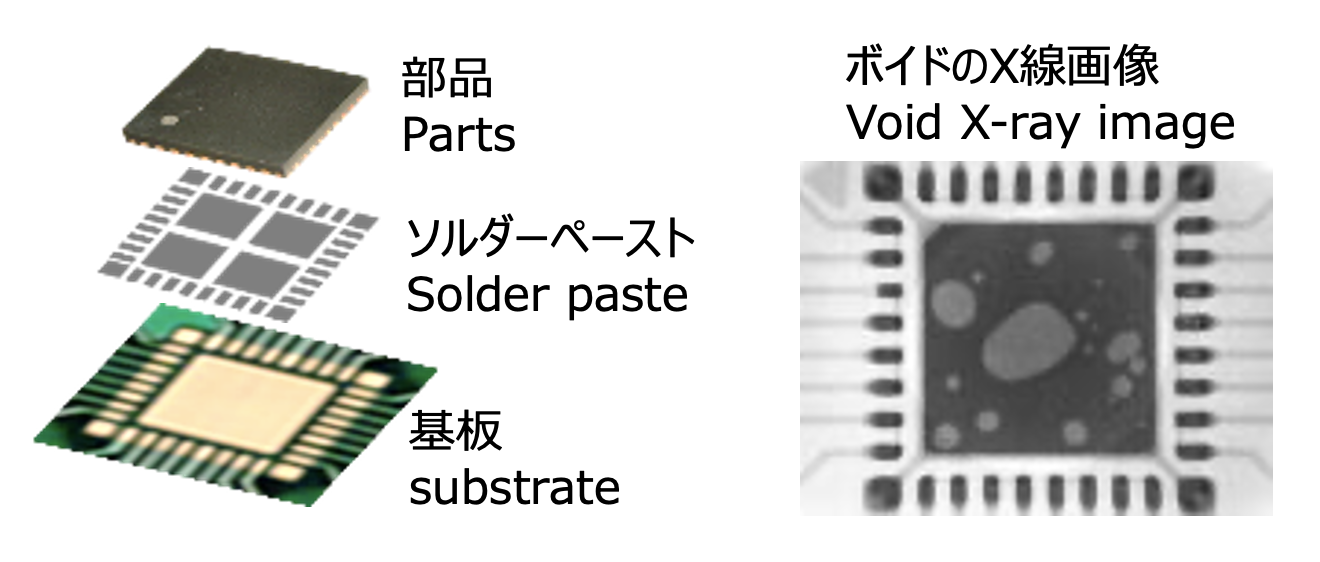Collaborative Research Division
Fundamental research of advanced vehicle technology (Hitachi Astemo)Ⅲ
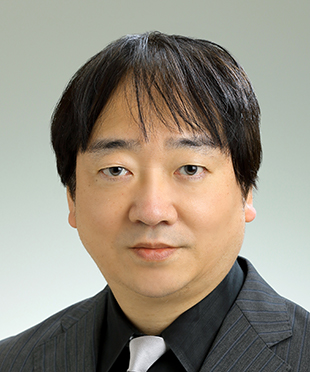
ProfessorJun Ishimoto
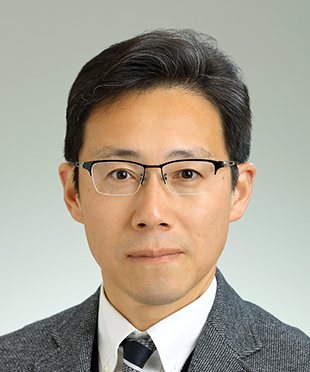
ProfessorHiroki Nagai
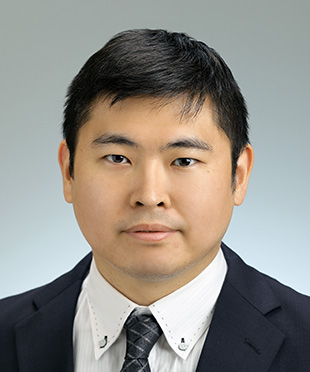
Assistant ProfessorIppei Oshima
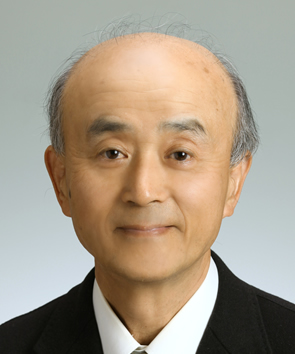
Advisory FellowYoshikatsu Nakano
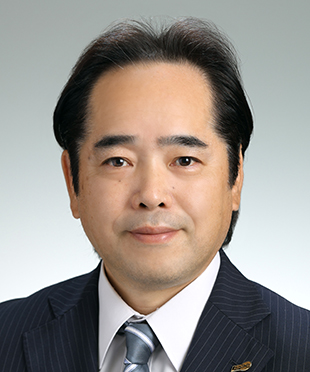
Specially Appointed Professor Hirozumi Kon
The Institute of Fluid Science, Tohoku University, and Hitachi Astemo, Ltd. have established a joint research department and have been able to obtain results in the first and second phases.
In the third phase, as “Fundamental research of advanced vehicle technology (Hitachi Astemo)Ⅲ”, the next-generation inverter that drives the motor will be ultra-compact, lightweight, and high-performance for future vehicle electrification toward the realization of a low-carbon society. We will promote the fundamental research to realize those kinds of basic technologies.
The research conducted by the Collaborative research division is related mostly to the enhancement and the application of the simulation technology based on computational fluid dynamics and experimental verification. By conducting collaborative research between Hitachi Astemo, Ltd and Institute of Fluid Science, Tohoku University, aims to create new value directly connected to development of appealing products with excellent environmental performance based on the research of such next-generation technology.
In the third phase, as “Fundamental research of advanced vehicle technology (Hitachi Astemo)Ⅲ”, the next-generation inverter that drives the motor will be ultra-compact, lightweight, and high-performance for future vehicle electrification toward the realization of a low-carbon society. We will promote the fundamental research to realize those kinds of basic technologies.
The research conducted by the Collaborative research division is related mostly to the enhancement and the application of the simulation technology based on computational fluid dynamics and experimental verification. By conducting collaborative research between Hitachi Astemo, Ltd and Institute of Fluid Science, Tohoku University, aims to create new value directly connected to development of appealing products with excellent environmental performance based on the research of such next-generation technology.
New Cooling System Construction and Element Technology Research for Next-Generation Inverter
We aim to establish a new cooling system using heat transfer enhancement technology by vapor-liquid two-phase flow to realize ultra-compact next-generation inverters.
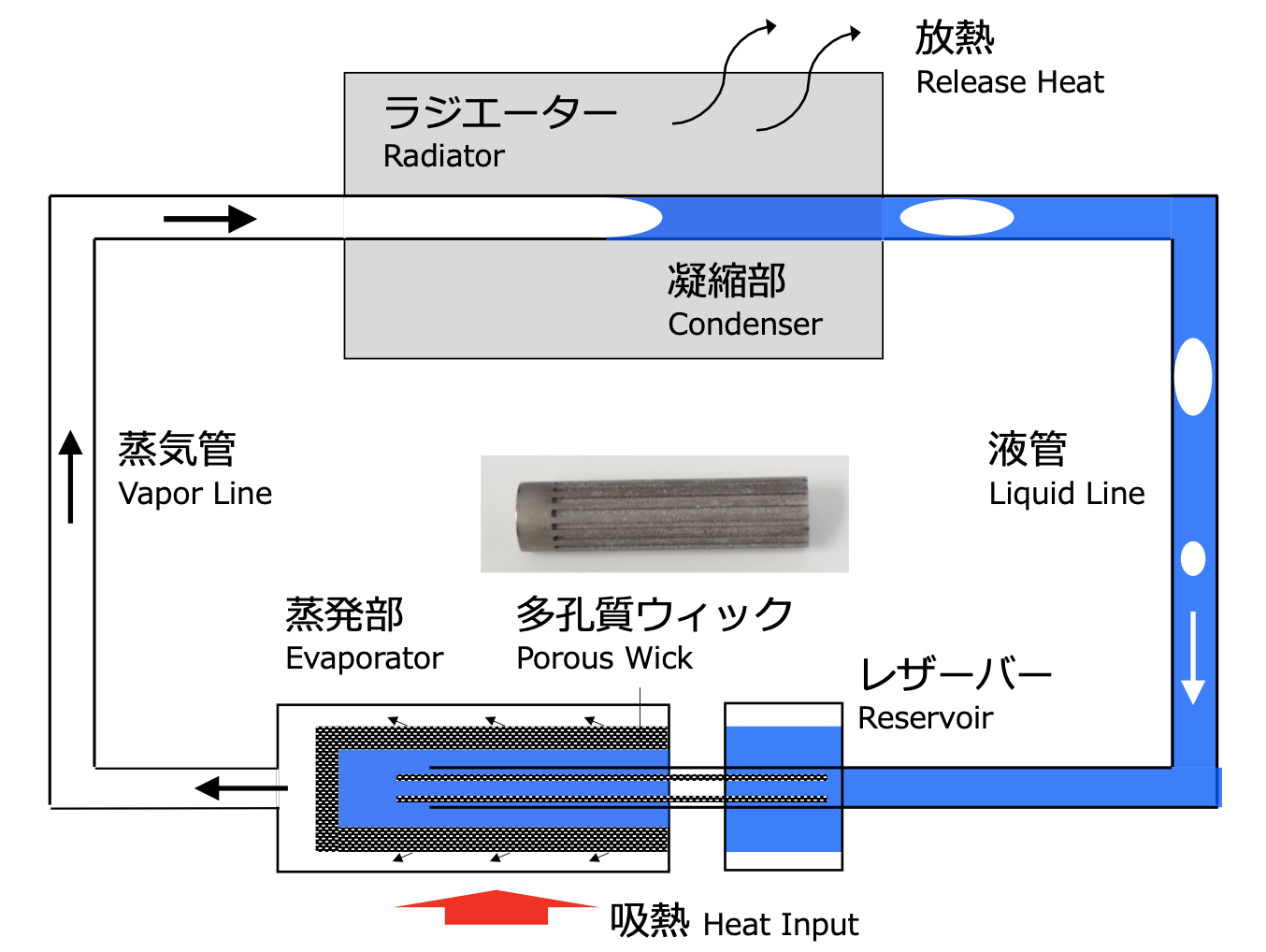 Loop Heat Pipe (LHP)
Loop Heat Pipe (LHP)
Numerical Elucidation of Laser Fusion Bonding Technol
In order to realize miniaturization and short-time bonding of next-generation inverter copper wiring, we aim to establish the advanced bonding technology by using supercomputing of laser melting and bonding process with considering the material phase change.
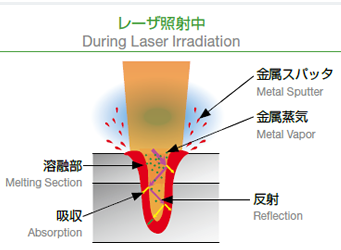 Laser junction
Laser junction
Elucidation of Solder Void Generation Prediction Technology
In order to realize ultra-miniaturization of next-generation inverters, we aim to elucidate the mechanism of solder void generation and develop prediction technology to improve the reliability of solder joints.
Construction of an Optimization Method for New Cooling Technology and Laser Melting Technology
We aim to build an optimization method for new cooling technology and laser melting technology to realize an ultra-compact and highly reliable next-generation inverter.
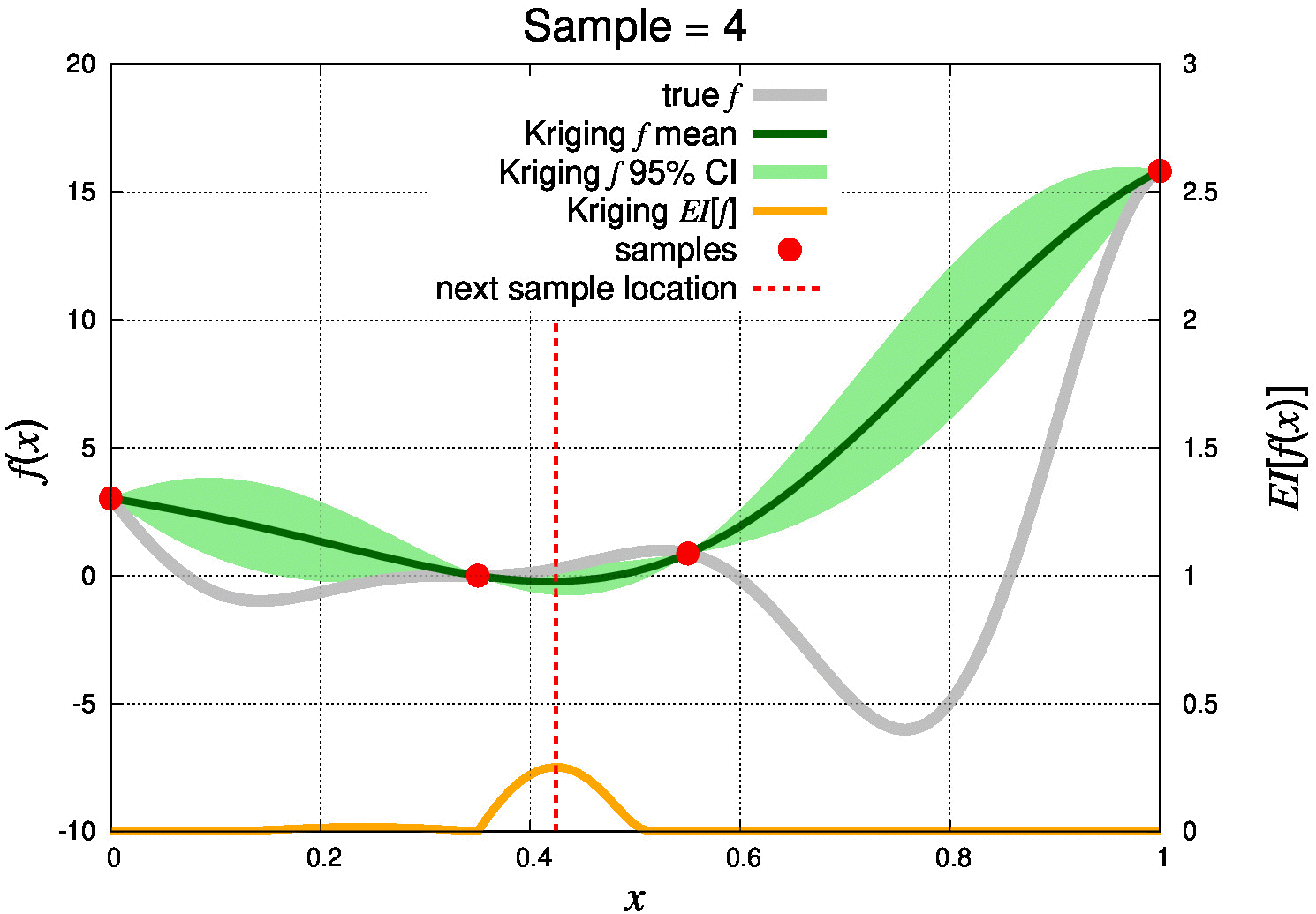 Design Variable x
Design Variable x

